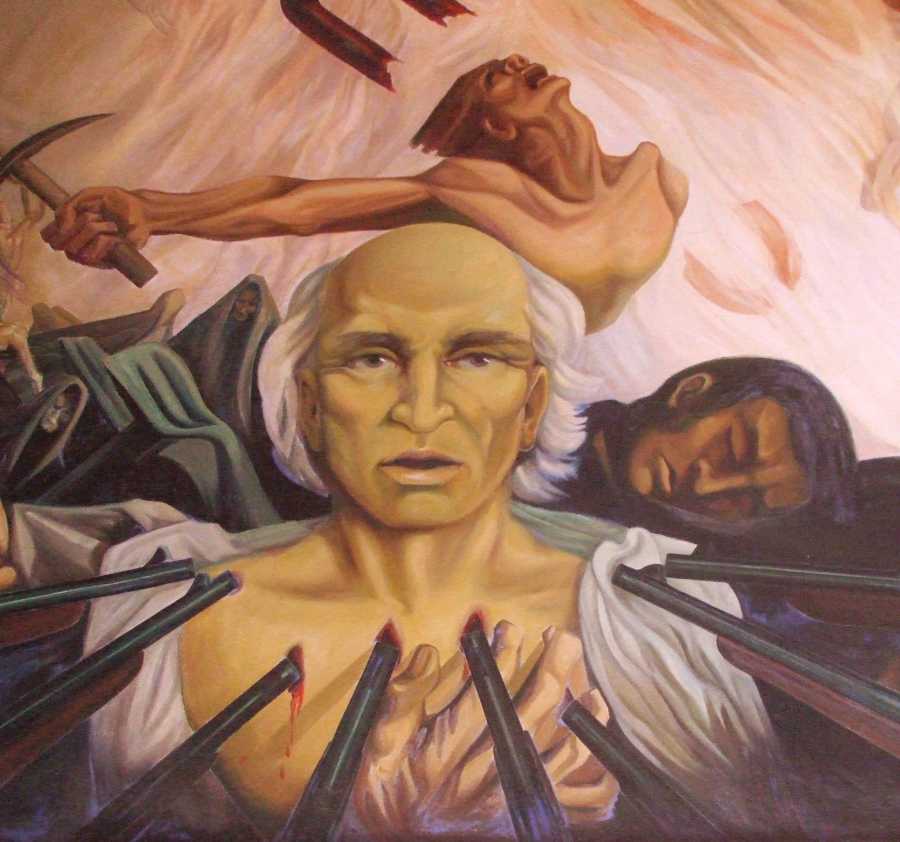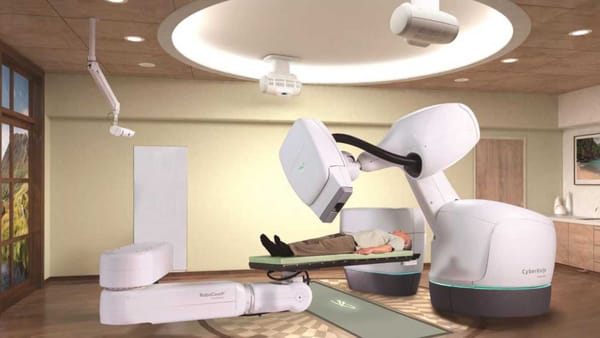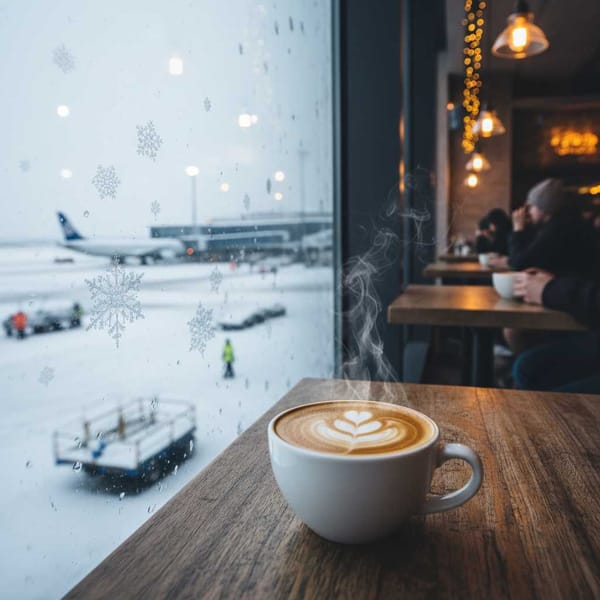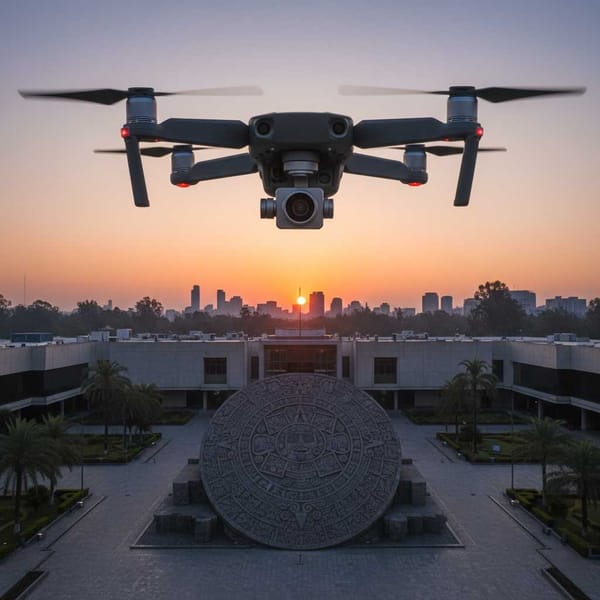Bloody History Behind Mexico's 'Most Beautiful' Palace
The Palacio de Gobierno in Chihuahua City has a complex history, serving as a prison and military hospital, notably for independence leaders like Miguel Hidalgo who was executed there in 1811, before being rebuilt into the neoclassical architectural marvel it is today.

A majestic building in the heart of Chihuahua City, once a Jesuit college, then a jail, and a site of executions, now stands as the Palacio de Gobierno – seat of the Executive Power of the State. This architectural marvel, hailed as one of the most beautiful palaces in Mexico, is steeped in centuries of Chihuahua's rich and often turbulent history.
The Palacio, a must-see for locals and tourists alike, offers a captivating journey through time, connecting visitors with the identity and historical transcendence of Chihuahua. Orlando Barraza Chávez, the subsecretary of Tourism for the state government and a certified tourism guide with over 20 years of experience, provides insightful cultural tours of this significant landmark.
A Seat of Power
The current Palacio de Gobierno stands on the very ground where the Colegio de Nuestra Señora de Loreto began construction in 1777. The Jesuits, who established themselves in the region, initially used the building as a school, convent, and temple, playing a crucial role in the community's relationship with the colonizers who provided employment in the nearby mines of the Villa de San Felipe del Real de Chihuahua.
However, circumstances shifted dramatically 50 years later when King Charles III of Spain expelled the Jesuits from American territories. The vacant building was quickly repurposed by the Chihuahua city council, serving as both a jail and a military hospital during the War of Independence.
The Palacio's grounds bear the grim stains of history, having been the final holding place for the leaders of the Independence movement. Figures like priest Miguel Hidalgo, Juan Aldama, and Mariano Jiménez, captured in the norias de Acatita de Baján, were brought to Chihuahua for trial. The Spanish government, fearing the growing influence of the insurgent movement in the country's center, opted to prosecute the leaders far from its heartland.
On April 23, 1811, the entire former college was converted into a prison for these men. The Plaza San Felipe, located outside the college, had a wall where the executions took place. Despite the region not being a hotbed of independentist sentiment, the idea of executing a priest was deeply unpopular due to the strong social influence of the Catholic Church and its leaders.
"Father Hidalgo was shot inside this college on July 30, 1811, at 7:00 in the morning in what used to be the east courtyards of the old Colegio de Nuestra Señora de Loreto, just behind the church," recounted historian Barraza Chávez. The execution was carried out privately by Spanish military officials due to the significant public outcry in Chihuahua society.
Rebirth and Grandeur
Years later, during the War of Reform and the Second French Intervention, President Benito Juárez sought refuge in Chihuahua City. The building was sold to generate resources for the cause. Half of the building became the Casa de Moneda (Mint), while the other half remained a prison until the late 19th century.
By then, the infrastructure was severely deteriorated, prompting Governor Luis Terrazas Fuentes to envision a new Palacio de Gobierno. The old building was demolished, and the cornerstone for the new one was laid in 1883. Construction began a year later, in 1882, and the Palacio was completed a decade later in 1892, under the administration of Governor Lauro Carrillo.
The new Palacio is a two-story building showcasing clear neoclassical influences, typical of the Porfiriato era. Its Ionic and Doric columns lend an elegance that brought great distinction to Chihuahua City.
The new Palacio witnessed significant moments during the Mexican Revolution, including the arrest of Governor Abraham González in 1913 by order of President Victoriano Huerta, and later, clashes between Villista troops and government forces in 1916.
In 1942, the Palacio de Gobierno suffered a devastating fire in its historical archive, leading to the irreparable loss of centuries of Chihuahua's history and all internal provincial archives from the viceregal period. The reconstruction, which included adding a third level, was completed, and the Palacio was reinaugurated in 1947, with then-Mexican President Miguel Alemán in attendance.
Today's Palacio
Upon entering the Palacio, visitors are immediately struck by the immense murals depicting various historical scenes. These murals were commissioned by Governor Teófilo Borunda, who hired Hidalgo-born painter Aarón Piña Mora. Piña Mora's initial work, "El Fusilamiento de la Luz" (The Execution of Light), depicts the execution of Miguel Hidalgo, supposedly at the very spot where it occurred.
Borunda was so captivated by the mural that he commissioned Piña Mora to continue painting the entire history of Chihuahua throughout the Palacio. The paintings illustrate everything from economic activities like ranching, agriculture, and mining to the iconic execution of the "Father of the Nation," Miguel Hidalgo, who is honored throughout the building with multiple portraits, at least three monuments, and even a stained-glass window.
Despite Hidalgo's execution in Chihuahua, his numerous representations are not a sign of disdain. The historical context is crucial: "the internal provinces," as this region of New Spain was known, were geographically isolated. The Insurgency's rebellion primarily occurred in central Mexico, and the northern regions were not as familiar with the unfolding events.
Today, the Palacio de Gobierno, located at Juan Aldama 901, corner with Venustiano Carranza Avenue, remains the seat of the Executive Power, housing the office of Governor María Eugenia Campos Galván and other state offices. It has also become a popular backdrop for quinceañera and wedding photos.
Tourists can enjoy free guided tours from Tuesday to Sunday, from 8:00 AM to 7:00 PM. Brochures with information about the murals are available at the main entrance, and the Secretariat of Tourism can provide contact information for certified tour guides who can offer comprehensive tours and answer questions. The Palacio's hallways, museum areas, and staircases hold countless more stories waiting to be discovered.




